Fujitsu Primergy RX600 S6 review
Fujitsu’s new Primergy RX600 S6 is a highly scalable enterprise server designed for running critical applications and virtualisation. In this exclusive review, Dave Mitchell takes a closer look at this mighty Xeon E7 system and its 40 processor cores.
Fujitsu’s Primergy RX600 S6 offers a firm foundation for virtualisation and mission critical apps as it’s well designed with good expansion potential and redundancy plus low power consumption. It’s better value than Dell’s PowerEdge R910, but its memory capacity is limited to 1TB until Fujitsu makes 32GB DIMMs available.

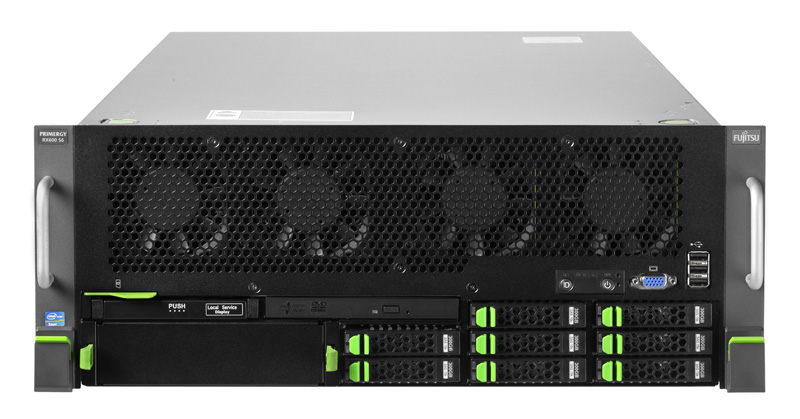
Fujitsu Primergy RX600 S6
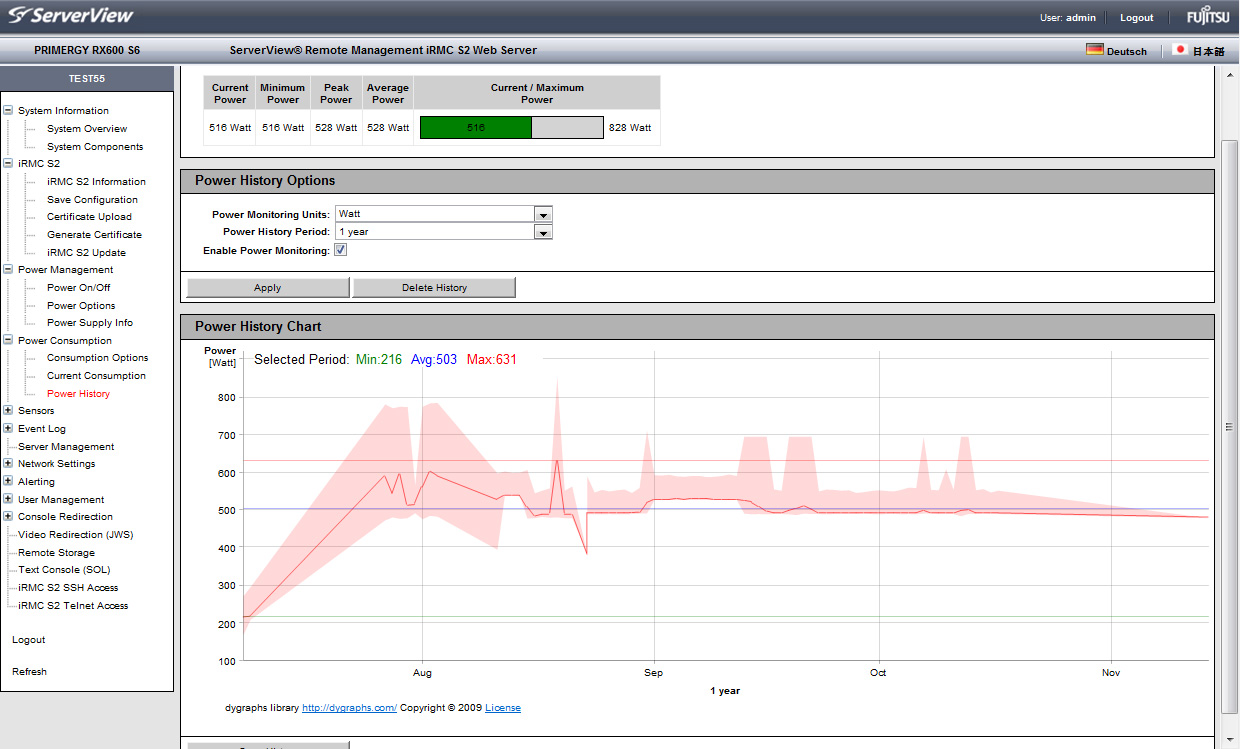
Fujitsu Primergy RX600 S6
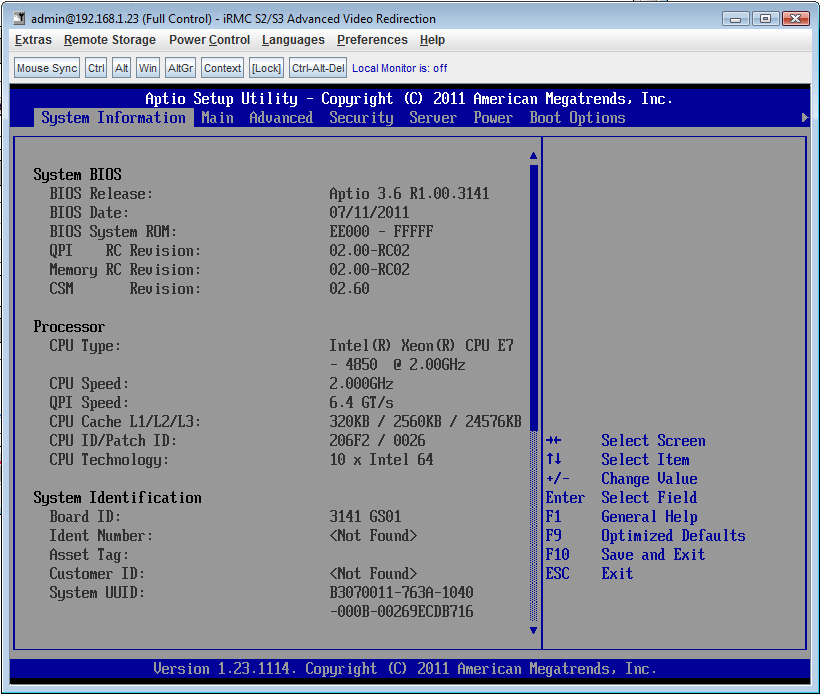
Fujitsu Primergy RX600 S6
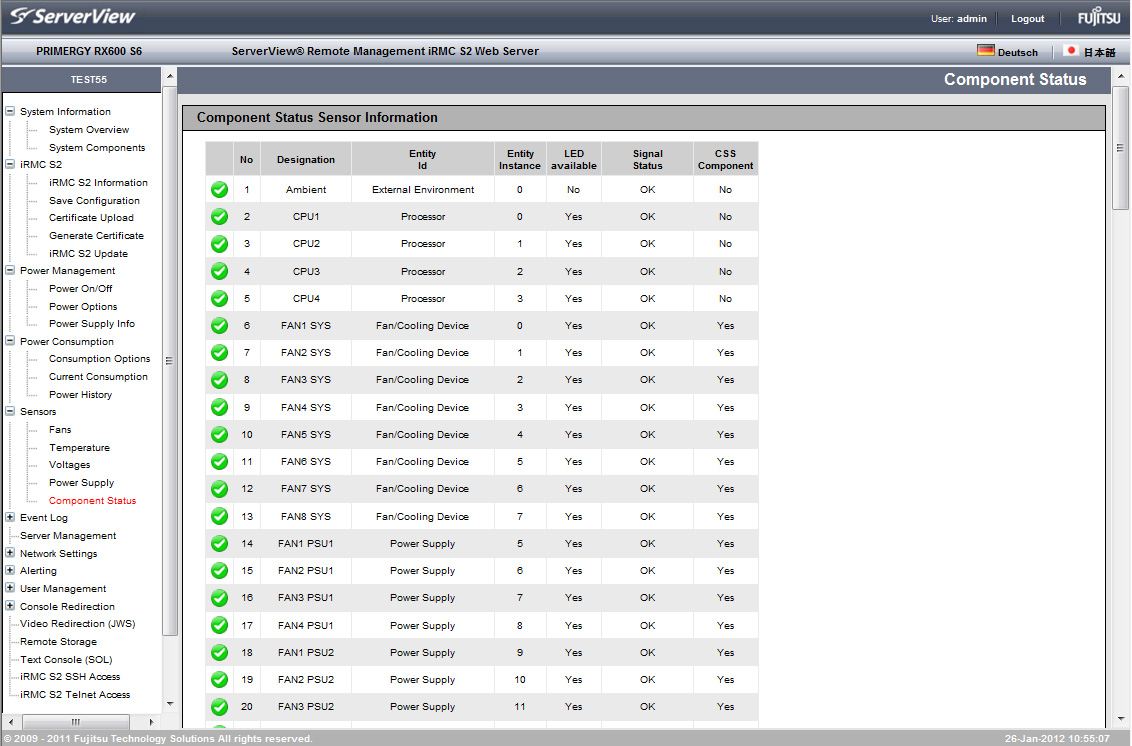
Fujitsu Primergy RX600 S6
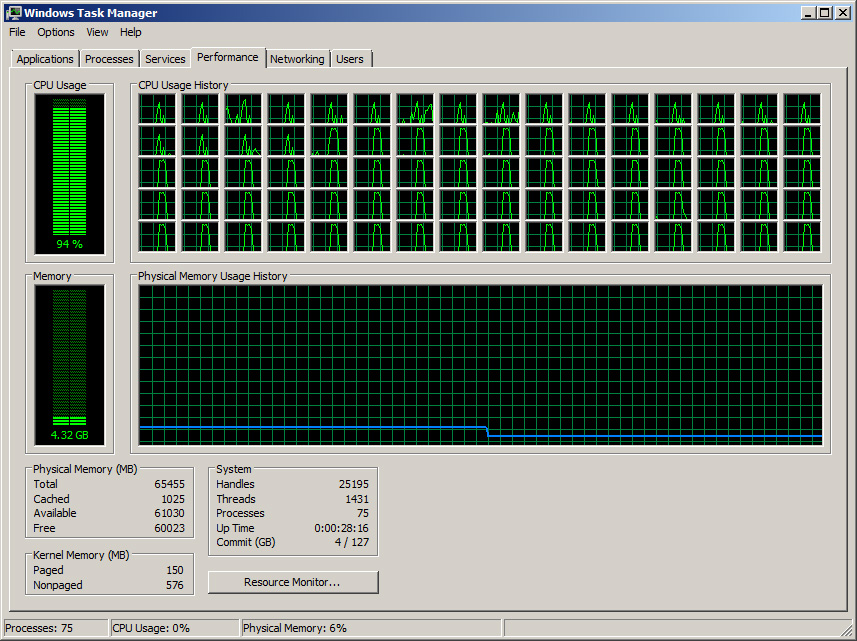
Fujitsu Primergy RX600 S6
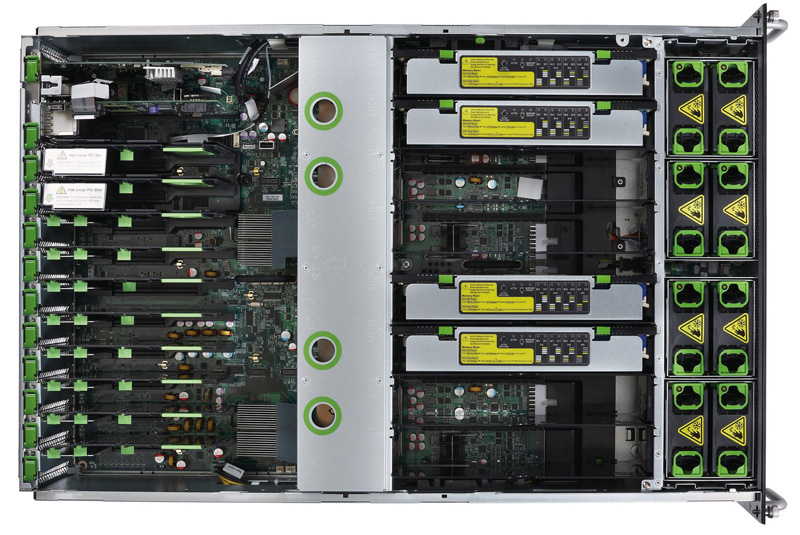
Fujitsu Primergy RX600 S6
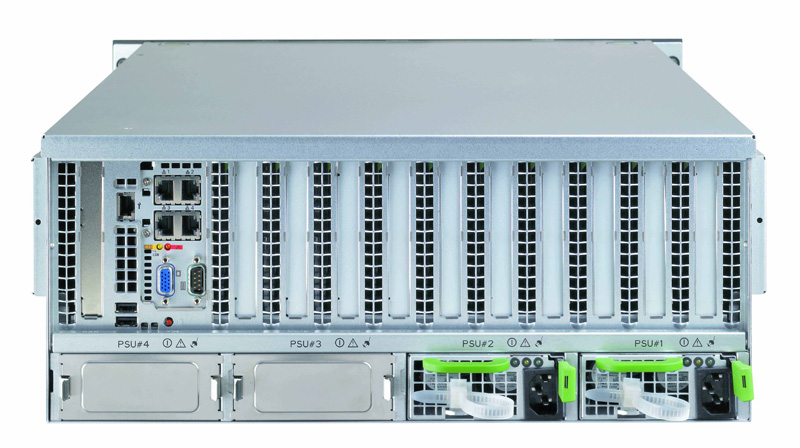
Fujitsu Primergy RX600 S6
Fujitsu's Primergy RX600 S6 server targets mid-sized businesses and enterprises looking for a reliable platform to run business critical software and to use virtualisation as a means of server consolidation.

Sheer processing power and memory capacity are key requirements for these kinds of usage scenarios and this server is something of a showcase for Intel's latest Xeon E7 processors. Our review system came with a four 10-core Xeon E7-4850 CPUs, each equipped with Intel's Hyper-Threading technology for an impressive 80 logical cores, all housed in a compact 4U chassis.
Memory can be spread across a maximum of eight boards behind the front panel and each has eight DIMM sockets, for 64 DIMMs in total. Although the Xeon E7 chipset supports up to 2TB, memory capacity is currently limited to 1TB until Fujitsu offers 32GB DIMM modules.

Intel's RAS (Reliability, Availability and Serviceability) technology provides plenty of memory protection options. The RX600 S6 supports a wide range of memory mirroring and sparing features, and its memory boards are now hot-swappable.
If a memory fault occurs, warning LEDs illuminate on the front and rear of the server, as well as on the relevant memory board. Pressing a button on the board's status display will then safely power it down, allowing it to be removed and the faulty module replaced, without incurring any system downtime.
The RX600 S6's internal layout is very tidy, and Fujitsu's tool-free design makes light work of maintenance and upgrade manoeuvres. All chassis cooling is handled by a bank of eight hot-swap fans at the front and we found the server to be surprisingly quiet during testing.

Sign up today and you will receive a free copy of our Future Focus 2025 report - the leading guidance on AI, cybersecurity and other IT challenges as per 700+ senior executives
Dave is an IT consultant and freelance journalist specialising in hands-on reviews of computer networking products covering all market sectors from small businesses to enterprises. Founder of Binary Testing Ltd – the UK’s premier independent network testing laboratory - Dave has over 45 years of experience in the IT industry.
Dave has produced many thousands of in-depth business networking product reviews from his lab which have been reproduced globally. Writing for ITPro and its sister title, PC Pro, he covers all areas of business IT infrastructure, including servers, storage, network security, data protection, cloud, infrastructure and services.
-
 Gender diversity improvements could be the key to tackling the UK's AI skills shortage
Gender diversity improvements could be the key to tackling the UK's AI skills shortageNews Encouraging more women to pursue tech careers could plug huge gaps in the AI workforce
By Ross Kelly Published
-
 Researchers claim Salt Typhoon masterminds learned their trade at Cisco Network Academy
Researchers claim Salt Typhoon masterminds learned their trade at Cisco Network AcademyNews The Salt Typhoon hacker group has targeted telecoms operators and US National Guard networks in recent years
By Emma Woollacott Published
-
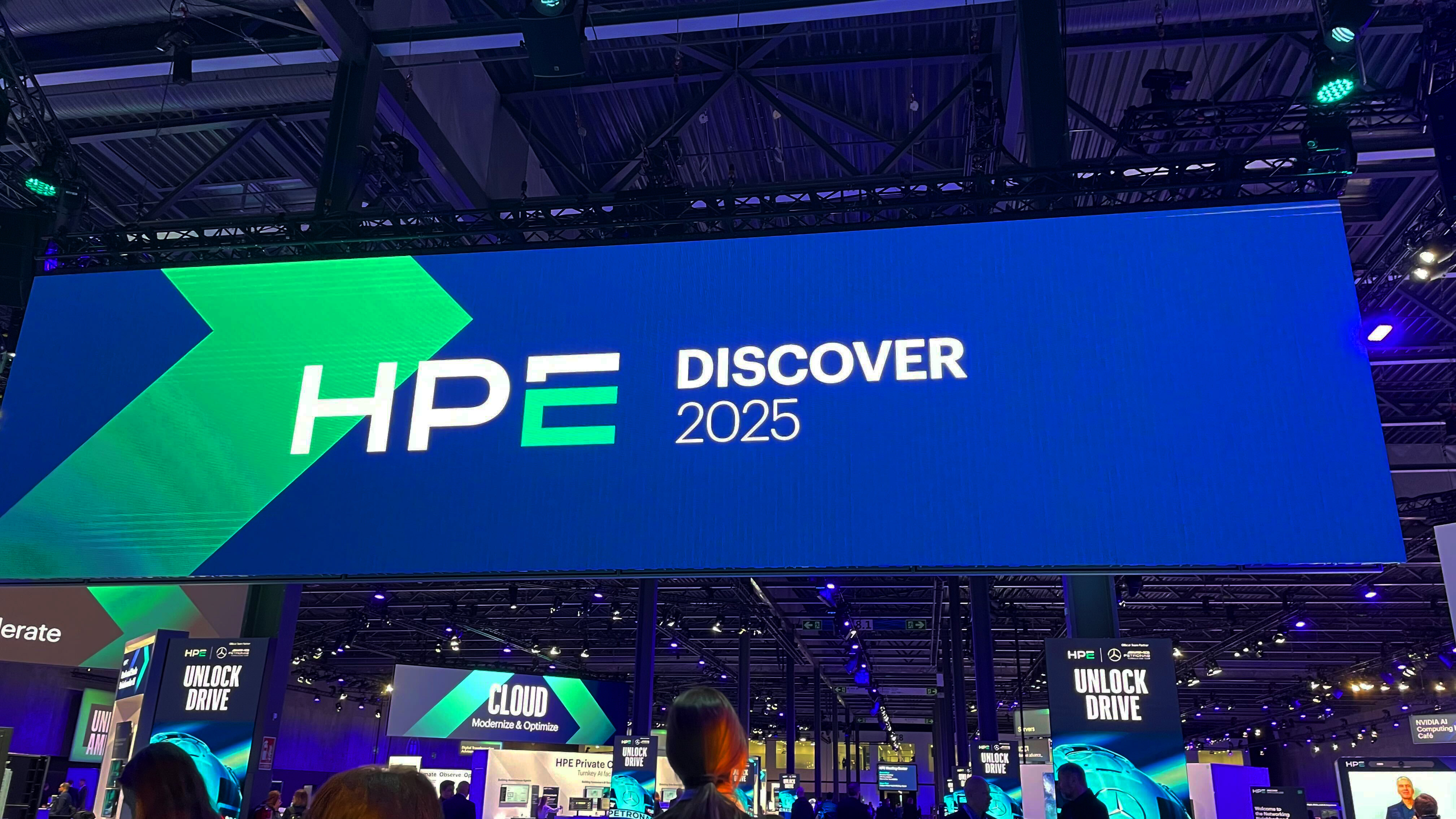 HPE says unified channel strategy won't force Juniper partners to generalize
HPE says unified channel strategy won't force Juniper partners to generalizeNews Does the company embrace specialists or want a full portfolio push? The answer, it seems, is both
By Jane McCallion Published
